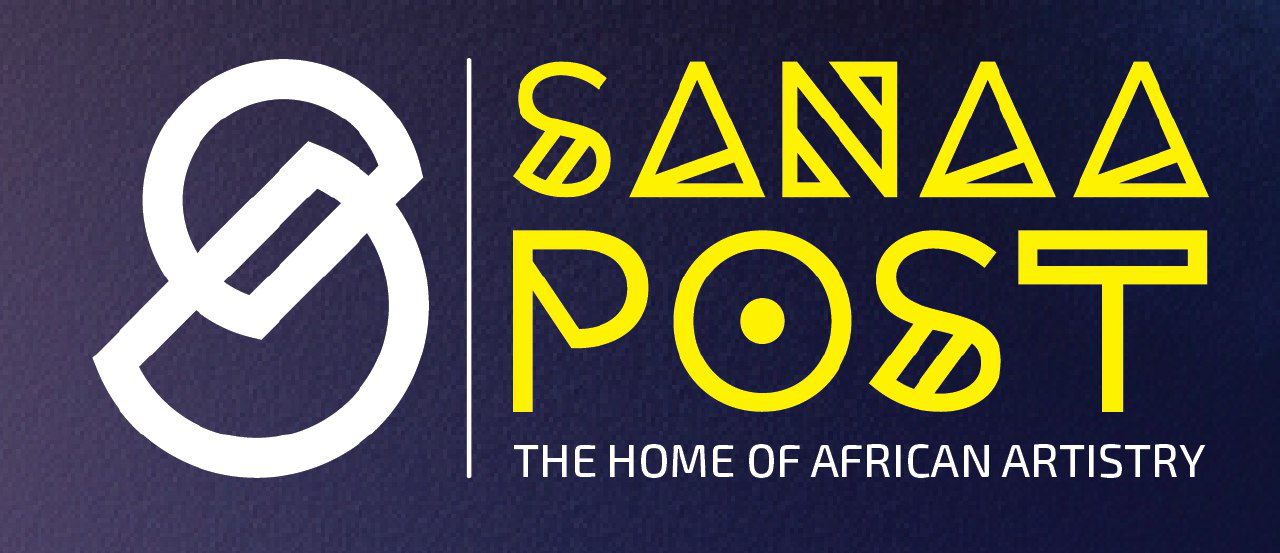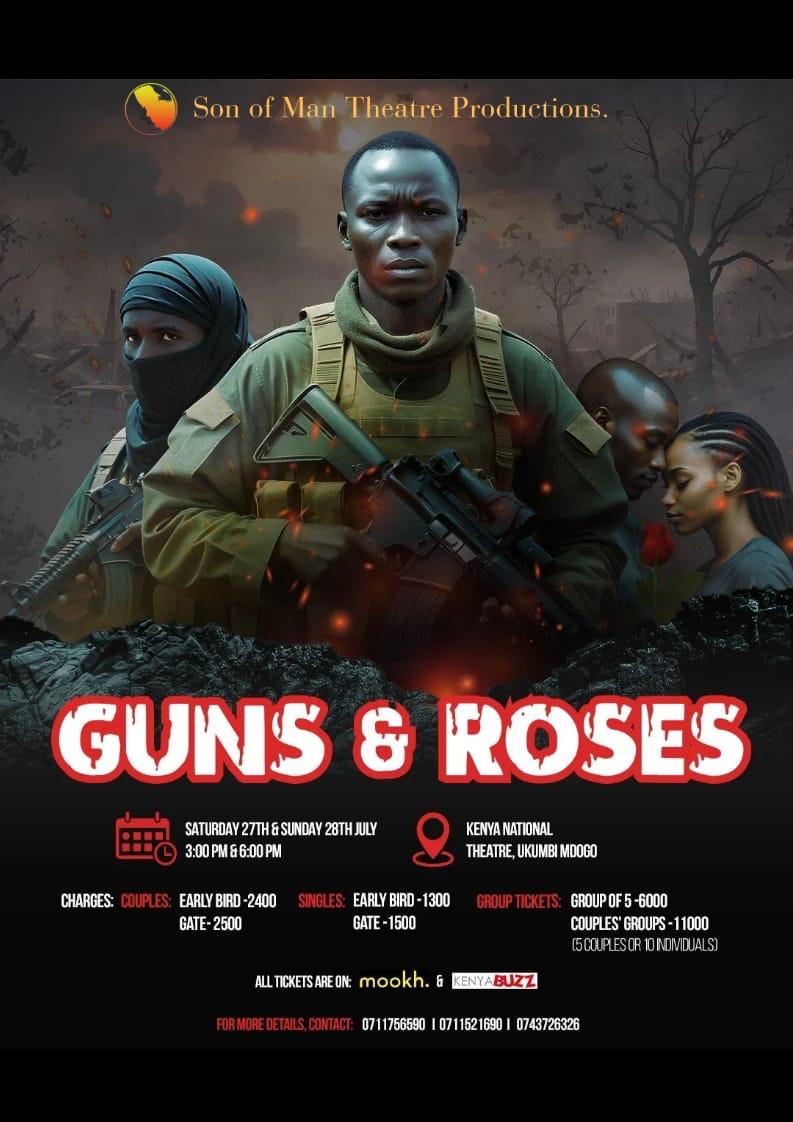Guns and Roses takes place during the height of the infamous ‘Operation Linda Nchi’ in 2011. Shalom, a soldier, celebrates his girlfriend’s, and soon-to-be wife’s, pregnancy after the couple suffers some miscarriages due to injuries caused to her abdomen during the 1998 bomb blast. This incident acts as a driving force in Shalom’s fight against terrorism.
On the battlefield the General issues a command for Shalom’s unit to be deployed to an area of combat where the chances of an attack are high. Brian, Shalom’s best friend, is stressed by this since the unit is a small number of 600, a freckle compared to the Al Shabaab. Further, his insider from another camp reveals that their battle plans have been leaked and that he’s convinced they’re heading to a death trap.
After much convincing, the General adds a unit that is nowhere to be seen on the battlefield resulting in total annihilation and the deaths of Shalom, Brian, and the entire unit.
It later emerges that the General is one with the terrorists, with a mission to send outnumbered units to the slaughter.
Guns and Roses, a well-paced piece, was a trip to two timelines, executed through stage and audio format, a method that made it more immersive. The friendship between Shalom and Brian was exciting to watch, to me it served as the heart of the story. Brian’s sense of humour and Shalom’s tolerance and elevation of it took it up to eleven, making their moments in the last battle even more poignant.
The referencing of modern pop culture and memes drove me out of the story in some bits, contradicting the well-detailed media audio pieces from 2011 that invested one in the story.
The General’s twist wasn’t as shocking, a false sense of virtue on his part added to the story would have amplified its impact and would have been much better with a performance turn-up.
Elevate your brand by updating or creating your profile at Sanaapost Talents







